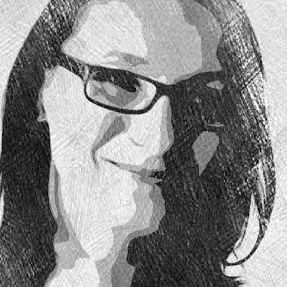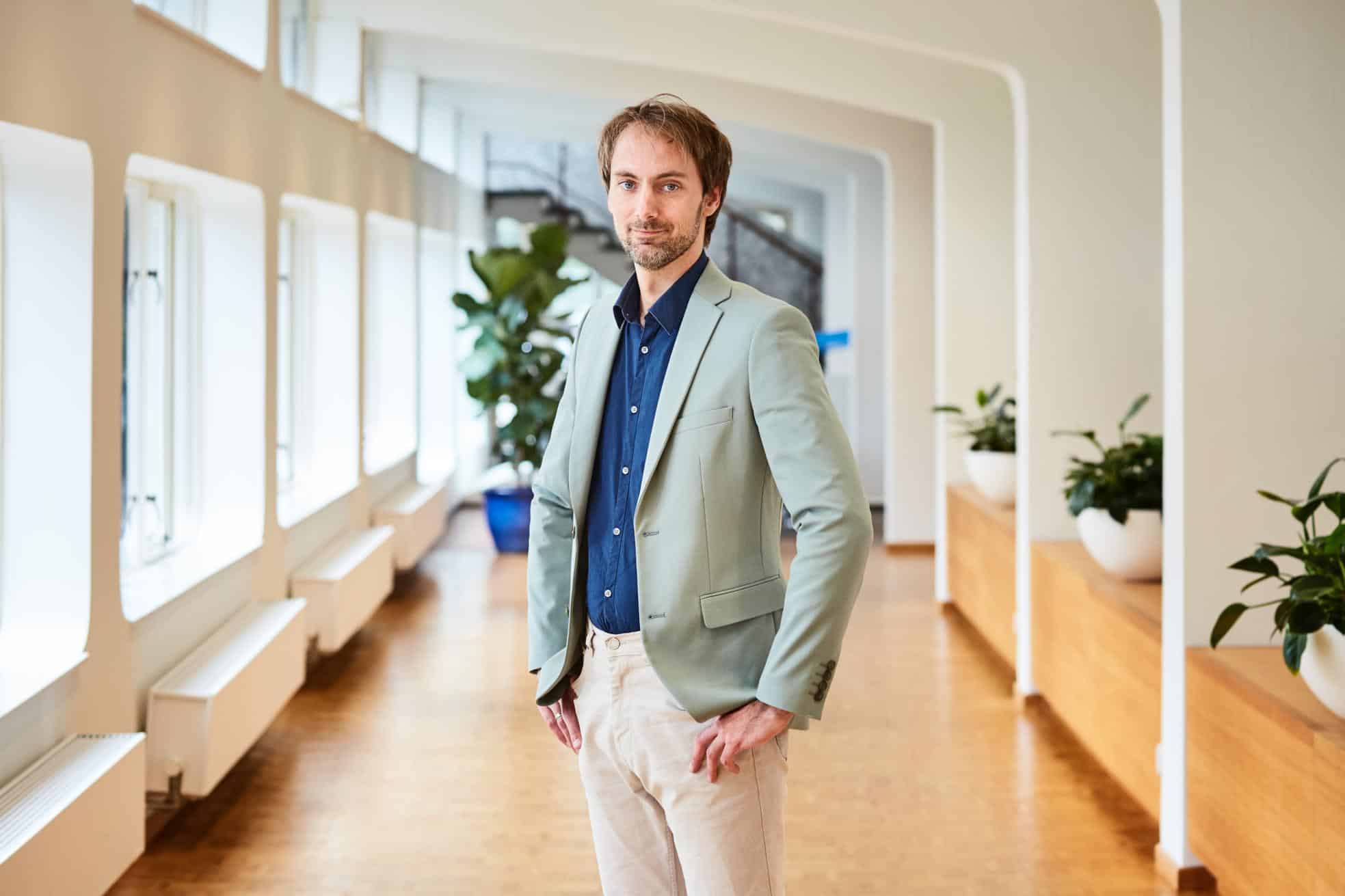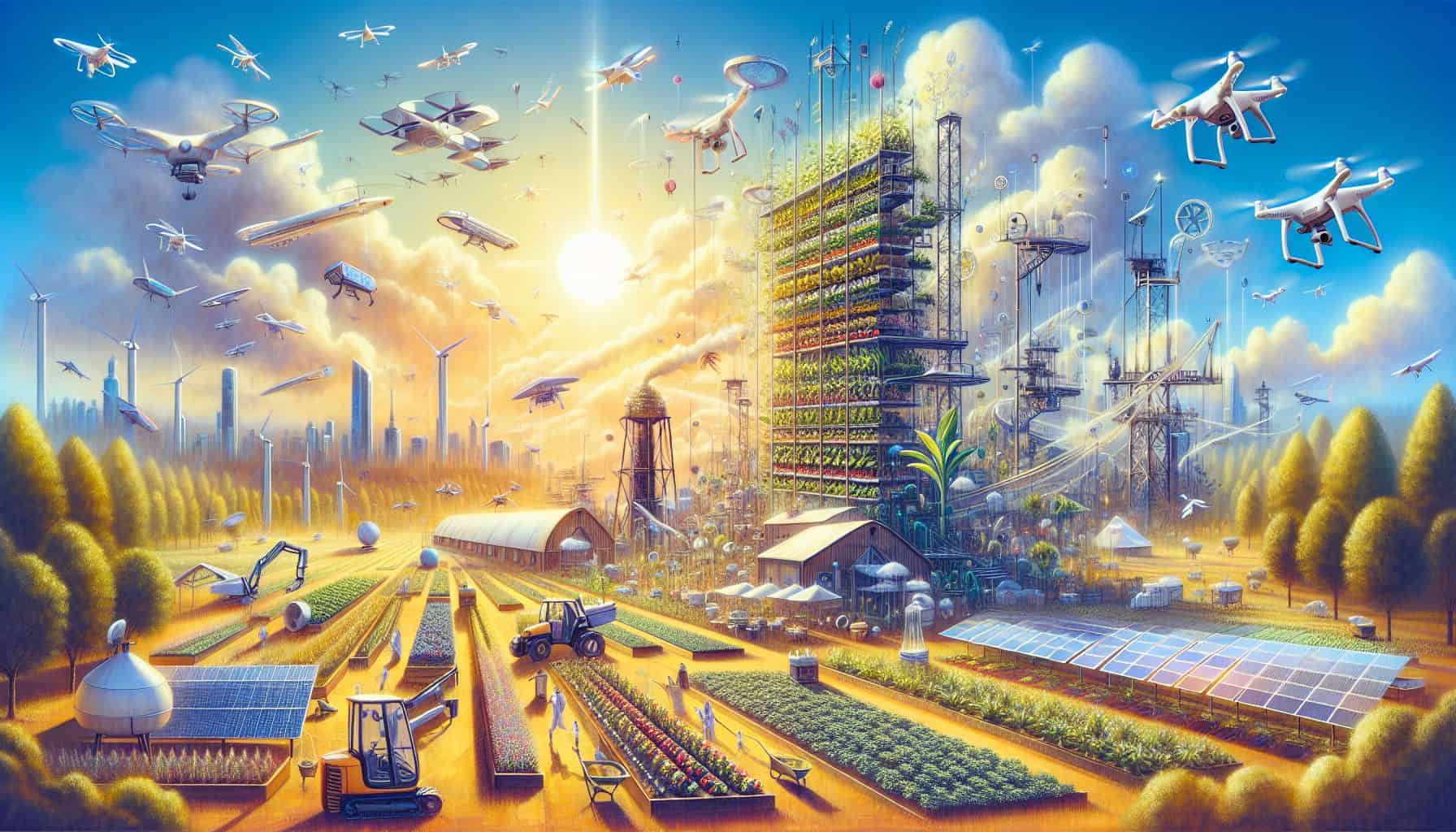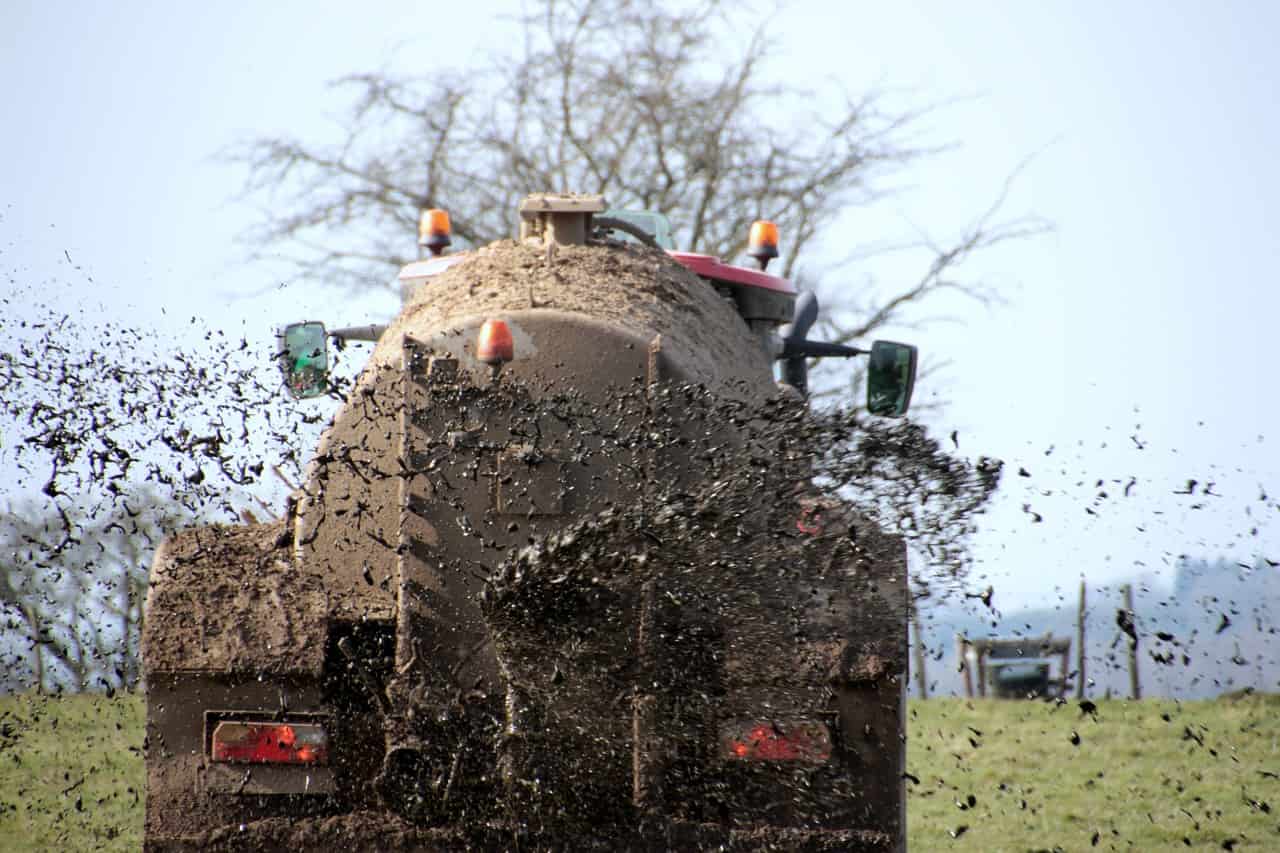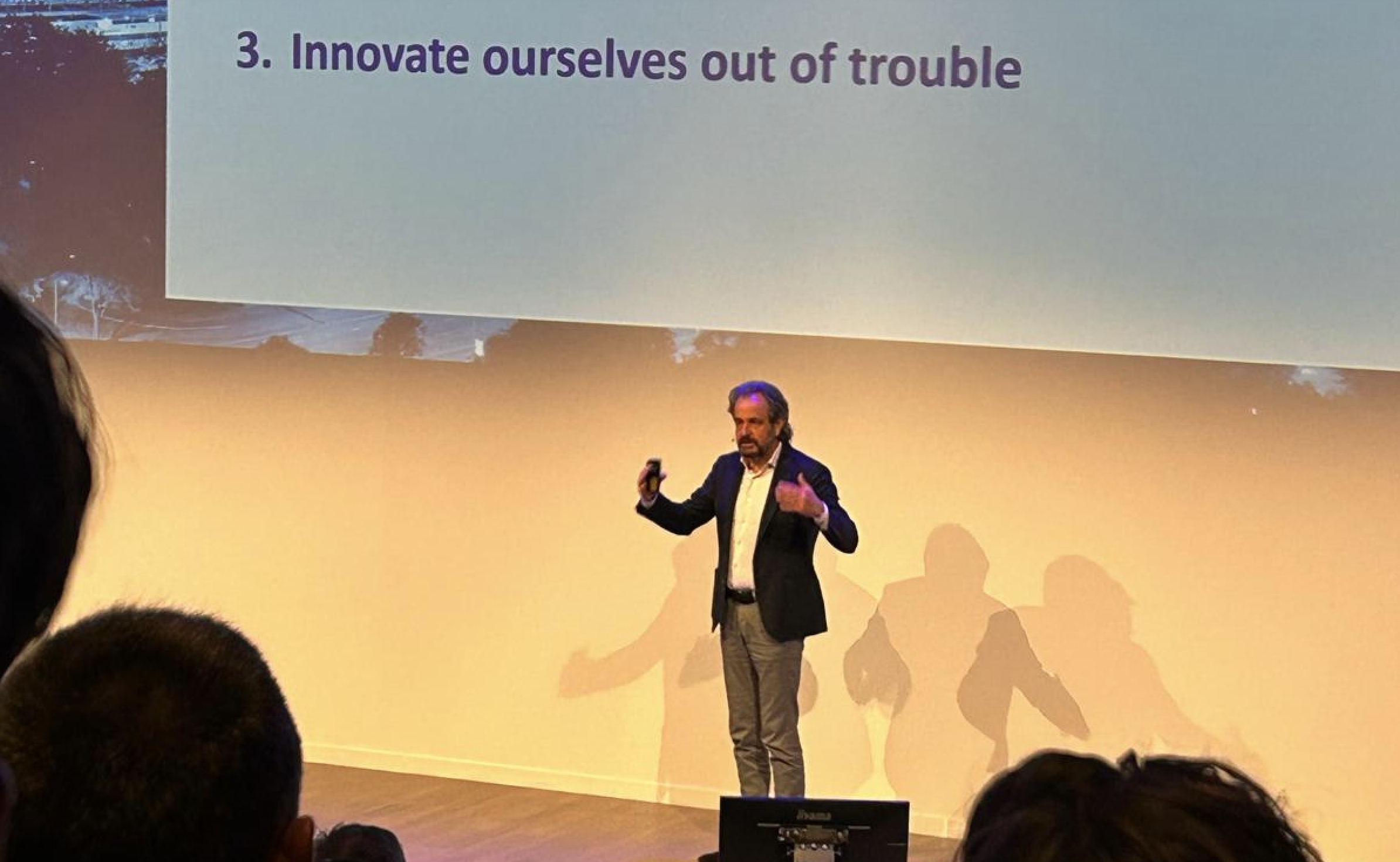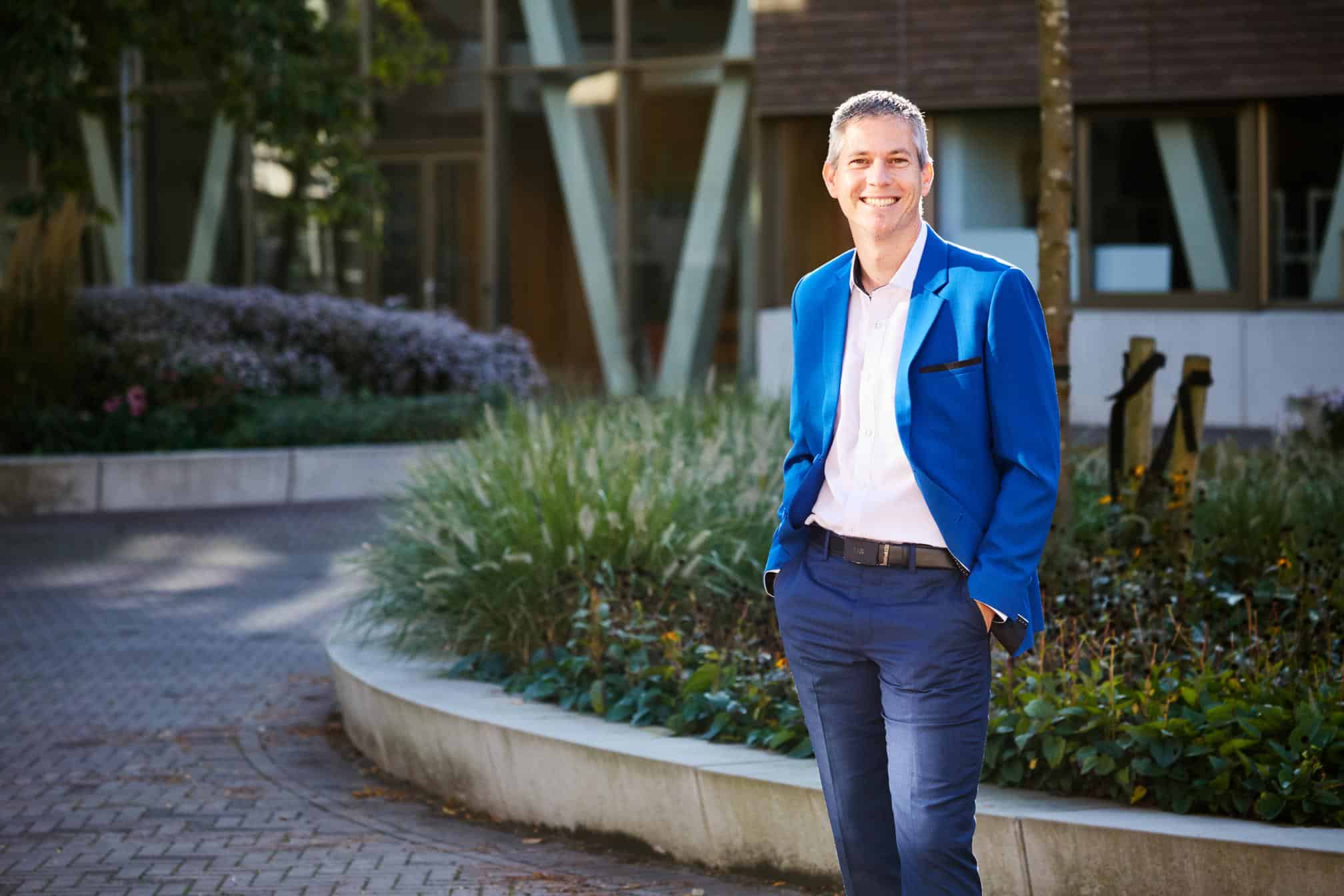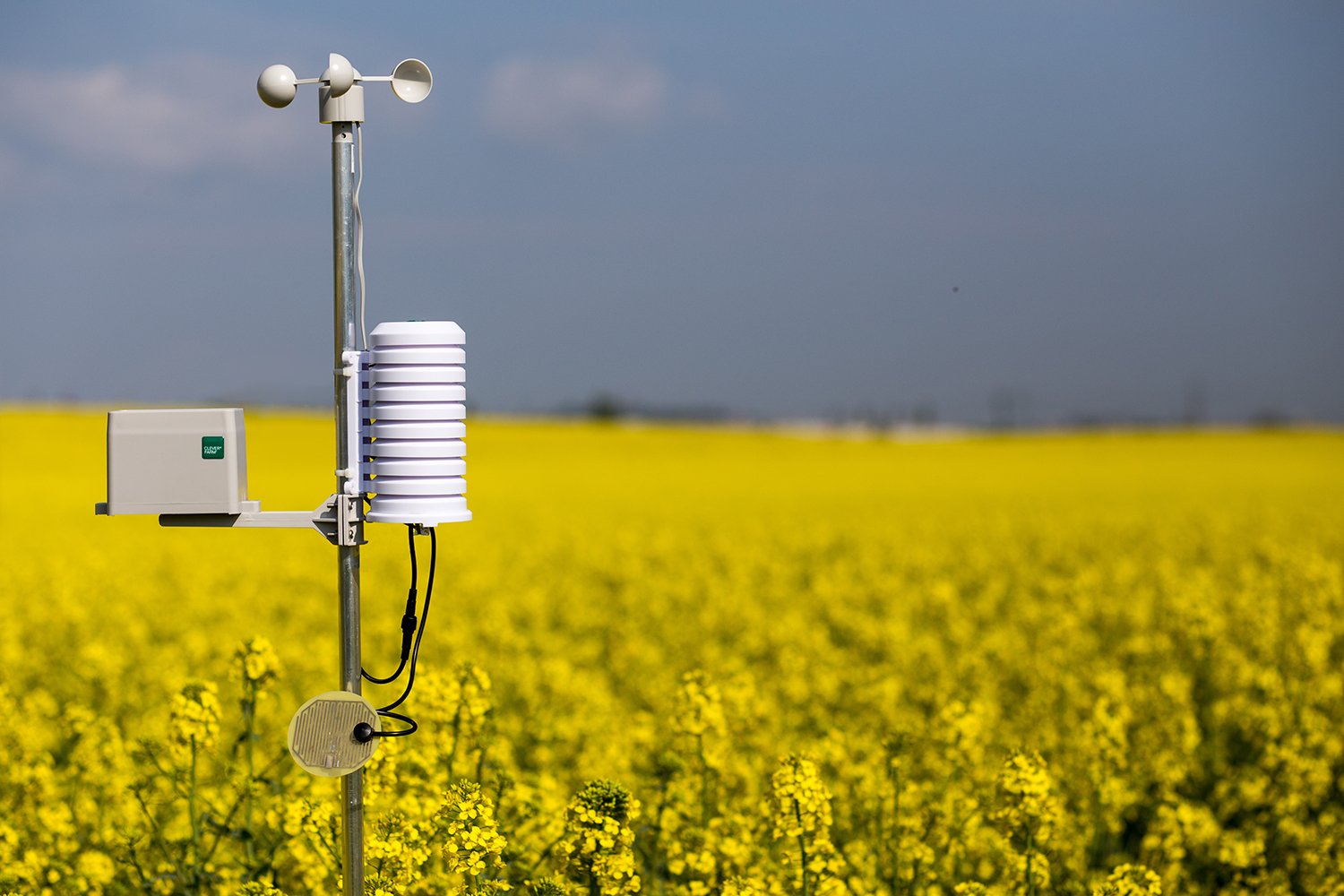
Why “Clever Farm” is considered clever? Well, one day a bunch people without jobs sat together and started thinking how they could use data from drones. One of the ideas was to use it in agriculture – so the story starts for Adam Zlotý, co-founder and CEO of the Czech start-up Clever Farm. The company started with one simple land management tool. Today it shows farmers from all over Central Europe how a combination of artificial intelligence, sensors and satellite data can make farm work far more efficient and environmentally friendly.

What is your product?
Adam Zlotý, CEO: It is an intricate solution that work outs all the schedules of a farm. Its core feature is a farm management tool for every kind of agronomic activity. Based on the maps and data from a satellite, the farmer can manage cropland, plan daily activities, take care of seed supplies, fertilizers, prepare reports for authorising bodies etc. Apart from this, there are also sensors based on IoT technology that measure different elements: soil moisture and temperature, microclimate, meteorological conditions of field crops, temperature and moisture in silos, leaf moisture amongst other things. The devices are portable and send data to our platform every 30 minutes.
How can farmers use the data?
Depending on the need and type of the farm, the data can be used to plan routine measures, to protect harvested crops from pests and diseases. For example, pests and disease in the field usually arise when certain conditions are met, such as minimums in temperature and moisture. When this happens, we inform the end user that there is an incubation period in progress and, let’s say, in 20 days a disease might eventuate. Subsequently, they should apply targeted treatments. Or there is an issue with the soil temperature in spring. For example, typically the soil temperature must exceed 10 degrees Celsius for a certain amount of time for soya beans or some flowers in order to be able to start planting them. If these conditions are met, we notify the farmer that they can then start sowing.
There are other companies who offer tools for precision farming, farm management, IoT devices. What exactly distinguishes you from your competitors?
First of all, we have an intricate solution which incorporates everything: tools for precision farming based on satellite data, a tool for farm management, preparing reports etc. It’s a modular tool so farmer can use only one separate part (for example only the sensors) or can use all of them. Secondly, for each of these parts we use a different approach and we try to bring added value to farms. Take the IoT devices for example. We are working with the R & D community and with farmers to develop our prediction model and to adjust it to the microclimate of various regions, locations, crop types, seasons etc. As a result, we not only monitor data, but we also give recommendations, warnings, etc.
What is the main obstacle that you have to overcome?
This is the actual age of the farmers in our region. Generally, they are older people who work with pen and paper for the most part and are resistant to innovation. However, we know that even an old farmer can make the shift to new technologies. My own father is a good example. He was very resistant to these things. But during the proof of concept period, he saw how much he saved owing to our technology. It was like a miracle for him. Though, this attitude is changing a lot. Now we have a new phase of young farmers who are familiar with IoT, AI and all these kinds of things.
What do you expect from the coming year?
We will concentrate on international development. We have projects overseas, in Brazil, Chile, Serbia, Ukraine. Yet international clients approached us first. Now we want to do it in a systematic way. We are in the process of selecting markets which we will focus on for the next two years.
Where do you want the company to be in 5 years’ time?
We want to be a well-known company in Central Europe and America and we want to be a synonym for innovation in the agricultural sector.

